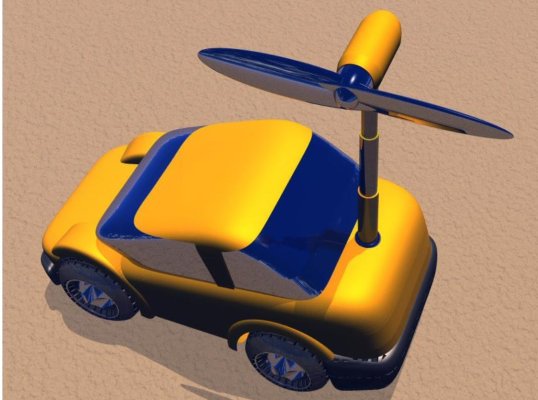Heh heh heh... Any day now...
The order for the toad wiring parts, i.e. the coiled cord, the receptacle to be mounted on the toad and the wire, is still at the UPS warehouse to be delivered on Monday. Two days ago, I finished wiring up that inverter to the power distribution box, using 115VAC relays for the auto-switchover function.
When shore power is not available, the entire 115V circuit in the RV automatically switches over to this powerful inverter, with the exception of the AC and the battery charger: the AC, because we all know there is no battery bank large enough to run it, even if one spends many thousands to buy a stupendous inverter (they exist for home solar installation), and the charger because it is of course dumb to draw from the battery to generate 115VAC, then use 115VAC to generate 12V to charge back to the battery. It is all checked out and works great.
The inverter is hidden in the counter cabinet, under the gas stove. I reverse-engineered the remote switching circuit of the inverter to make a remote on/off push-button switch for it, which is mounted on the kitchen cabinet front. It's a 1" square lighted push on/off switch, whose little indicator incandescent lamp I replaced with an LED to cut the power from 3W down to 0.5W. Other than this innocuous switch, there is no indication that there has been any modification to the RV wiring. All the heavy-gauge wiring, 12V and 115VAC is done under the floor. Heh heh heh...
When drycamping, every little watt counts, heh heh heh... Just finish retrofitting an LED light into the 12V light fixture above the bed to allow reading late into the night without draining the battery. I may need to log off to go out to do a couple more. Thought about adding 2 more batteries to the existing 2-battery bank, but I need to see if I really need it, and also to save some work for later. What if I run out of things to do and have to sit around twiddle thumb all day?
There's no way CampingWorld can even do something like this. And if they do, the labor would cost so much one cannot afford it. Heh heh heh...
DW was getting antsy and asked if we can leave next week. Heh heh heh...



